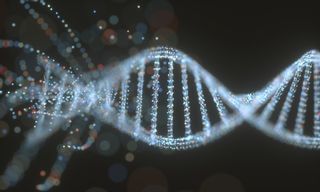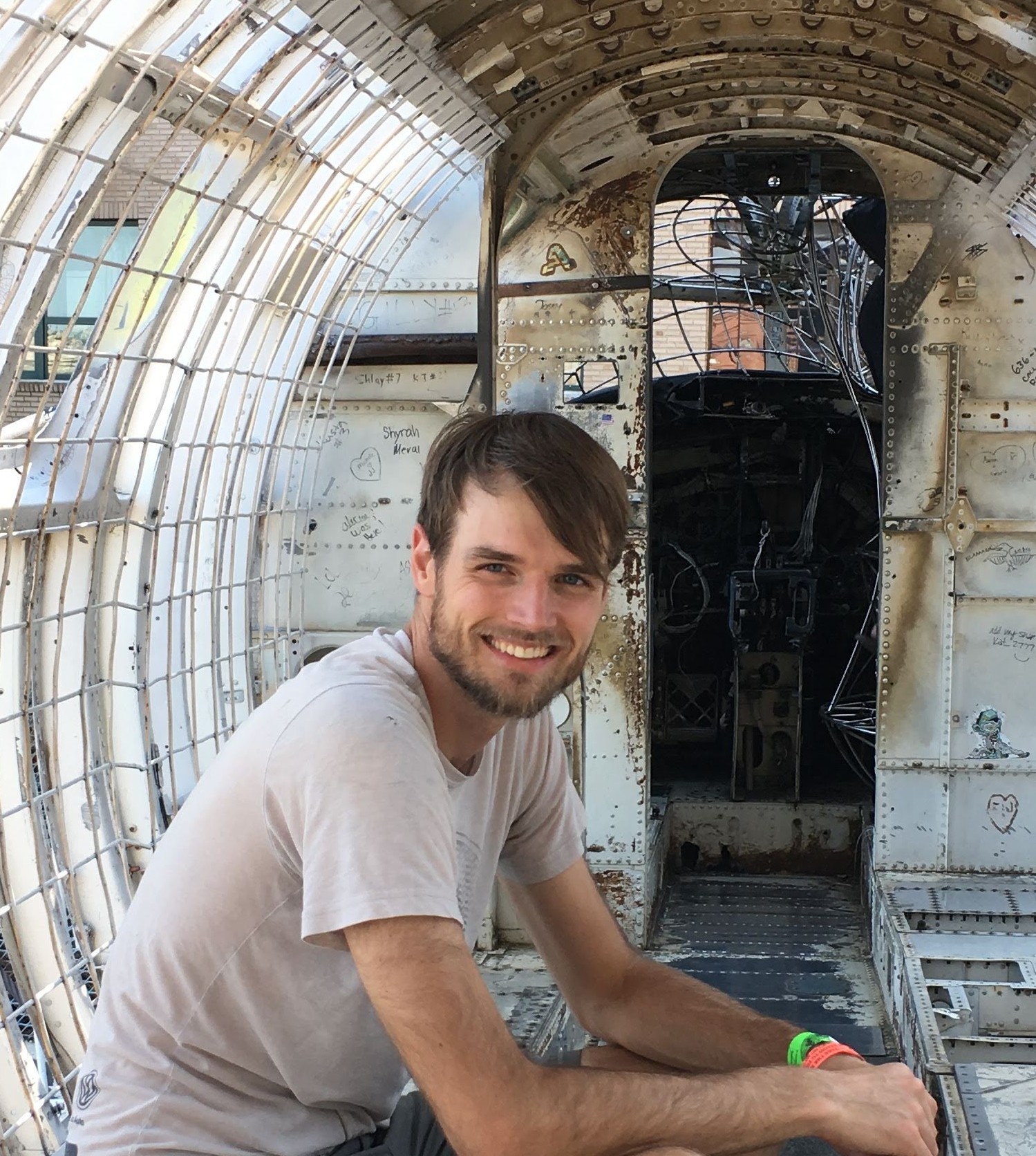Mysterious protein makes human DNA morph into different shapes
Human and mosquito cell nuclei have their own shapes, and researchers can mold one to look like the other.

The differences between human DNA and mosquito DNA aren't limited to the arrangement of letters in the genetic code. If you were to slice open a human cell and a mosquito cell and peer into the nucleus of each, you'd see that their chromosomes are folded with a dramatically different type of genetic origami. Now, researchers have figured out how to fold one type of DNA to take the shape of the other — essentially making human DNA coil like a mosquito's.
"In the human nucleus, the chromosomes are bunched into tidy packages," Claire Hoencamp, a doctoral candidate in cancer biology at the University of Amsterdam, told Live Science in a video call as she crumpled a sheet of paper. "But in the mosquito nucleus, the chromosomes are folded in the middle." As she spoke, she folded several sheets of paper in half and arranged them like books on a shelf, with the pages facing outward.
Related: Code of life: Photos of DNA structures
Hoencamp was studying condensin II, a protein involved in cell division. In one experiment, she destroyed this protein in a human cell to observe its effect on the cell cycle. As if by elaborate choreography, the resulting cell's chromosomes would refold. But it didn't refold like the DNA in a human nucleus; instead, it morphed into its best impression of the innards of a mosquito nucleus.
Meanwhile, Olga Dudchenko, a postdoctoral researcher, at the Center for Genome Architecture at Baylor College of Medicine in Texas, was classifying genomes based on the 3D structures their chromosomes form. As co-director of a multi-institutional project called DNA Zoo, she was seeing some distinct patterns.
"Essentially, we can classify things into two basic architectures," she said, referencing the tightly coiled and compartmentalized nature of the human genome versus the looser arrangement of the mosquito genome. No matter how many species she examined, chromosomes took on variations of two basic shapes.
Bafflingly, her research suggested that some lineages would use one shape and evolve into the second and then, in many cases, evolve back. However, she didn't know what force, if any, was driving these changes.
Sign up for the Live Science daily newsletter now
Get the world’s most fascinating discoveries delivered straight to your inbox.
When presenting their research at a conference in Austria, the two teams realized they were approaching the same problem from different angles. Essentially, Hoencamp had found a protein that folds chromosomes, and Dudchenko had spotted Hoencamp's experiment happening naturally across evolutionary timescales.
After they decided to collaborate, COVID-19 struck. With laboratory access severed, the collaborators turned to computer simulations to better understand condensin II's role in nuclear organization. With help from a lab at Rice University in Houston, they simulated the effects of condensin II on the millions to billions of letters in a genome, confirming what Hoencamp had found in previous experiments.
In a genetic analysis described May 28 in the journal Science, the researchers looked at 24 species and found that the species with the looser chromosome arrangement had one thing in common: a broken condensin II gene.
Future research will aim to determine what evolutionary advantage, if any, one nucleus structure might have over the other. When the researchers examined gene expression, they found the folding structure of the chromosomes only mildly affected gene expression, or how much of each protein was made by different genes. That finding surprised Hoencamp.
Given how little folding affected gene expression, it's not clear why a species would fold its DNA one way or the other.
However, because both folding methods are found across the evolutionary tree, the subtle effects of each might have big implications. "Variations in 3D structure seem to be about fine-tuning," some function inside organisms, Dudchenko said. However, exactly what is being tweaked remains a mystery.
Editor's note: Updated on June 10, 2021, at 3:20 p.m. ET to note that the Center for Genome Architecture is at Baylor College of Medicine, not Baylor University as was previously stated.
Originally published on Live Science.

Cameron Duke is a contributing writer for Live Science who mainly covers life sciences. He also writes for New Scientist as well as MinuteEarth and Discovery's Curiosity Daily Podcast. He holds a master's degree in animal behavior from Western Carolina University and is an adjunct instructor at the University of Northern Colorado, teaching biology.
Most Popular

